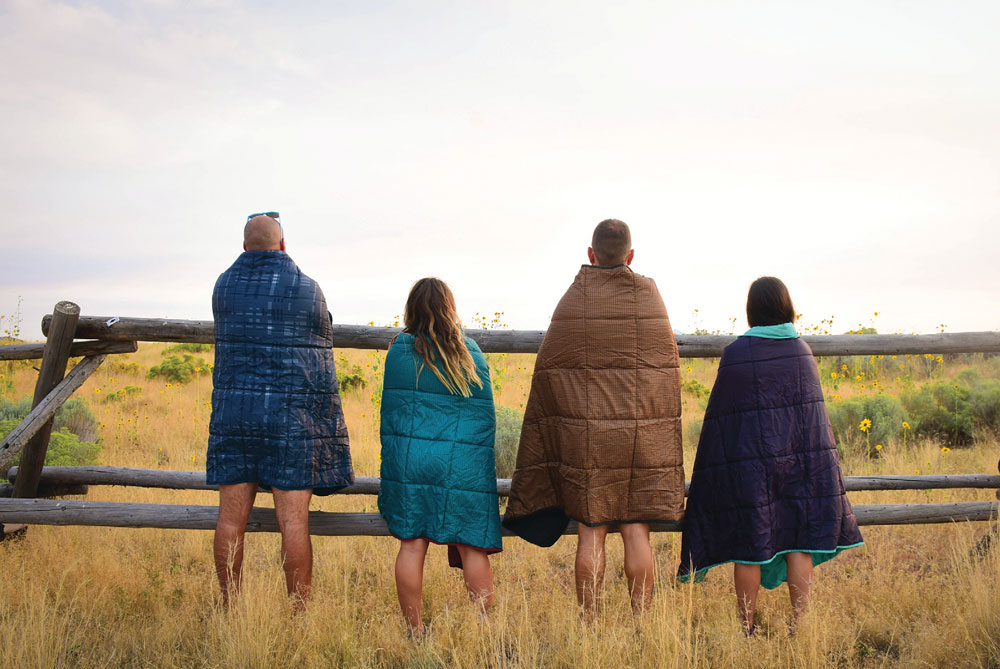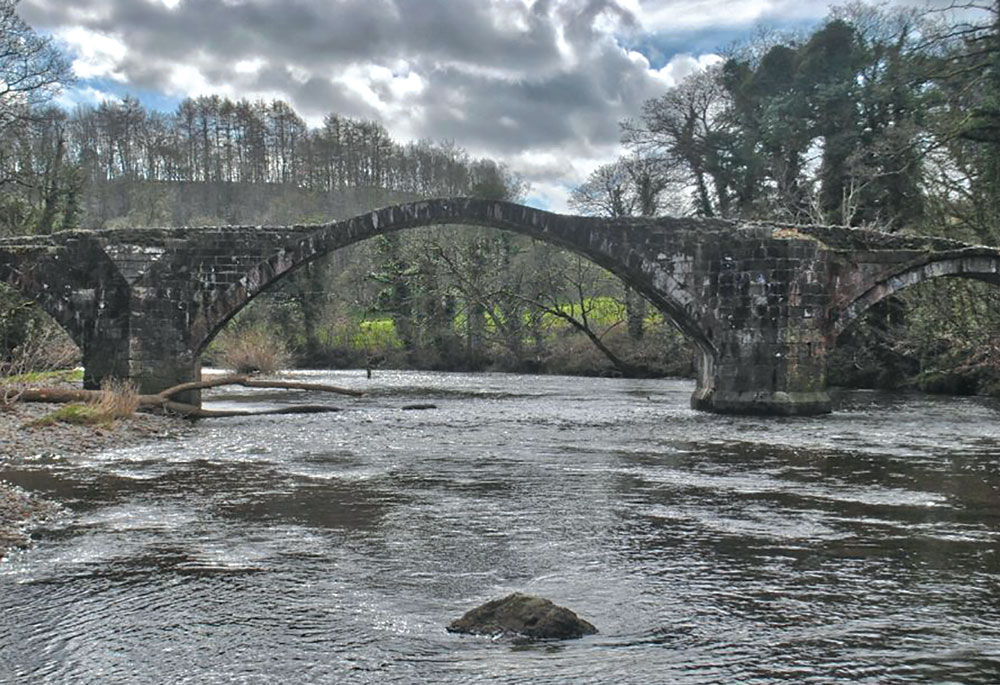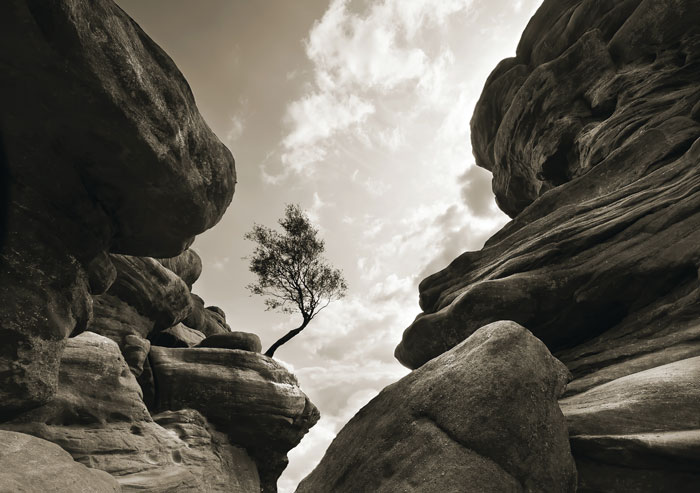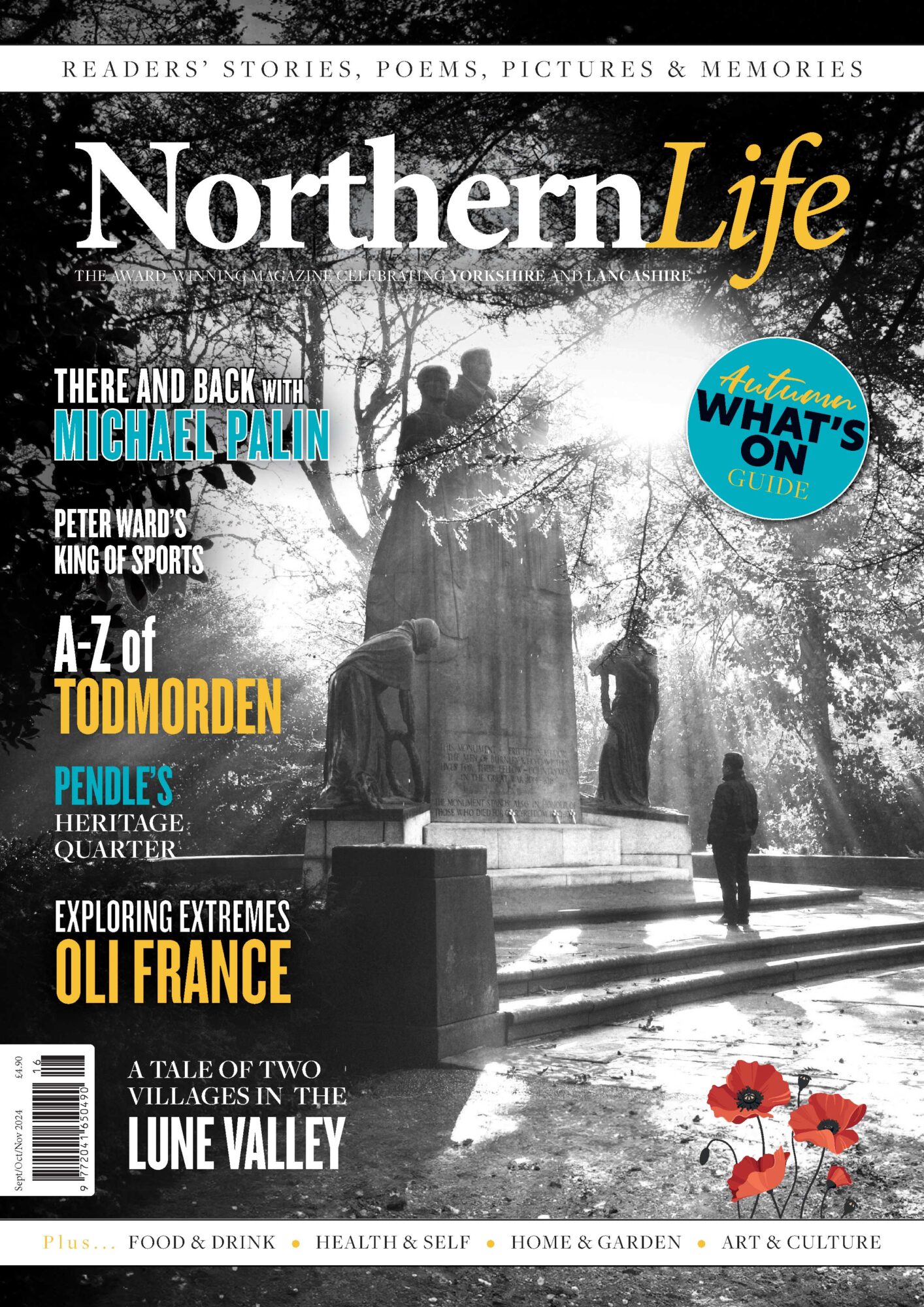
Walking in Winter
by Dr Nick Summerton
REGULAR WALKING CAN HELP TO TREAT THE SYMPTOMS OF ANXIETY AND DEPRESSION IN ADDICTION TO PREVENTING THESE PROBLEMS STARTING IN THE FIRST PLACE
Any walking boosts our physical and mental health but most of us would benefit from going a bit further and a bit faster. The UK Chief Medical Officers Physical Activity guidelines (2019) recommend that adults should accumulate at least 150 minutes of moderate intensity activity (such as brisk walking or cycling) each week.
Walking improves the way our bodies work. If you keep active you are much less likely to get heart problems, strokes, diabetes, dementia or even cancer. A good walk strengthens bones, reduces blood pressure, improves our thinking and makes us feel better.
Exercise also lowers our stress levels and improves the quality of our sleep. More specifically regular walking can help to treat the symptoms of anxiety and depression in addition to preventing these problems starting in the first place.
Individuals with underlying health conditions such as diabetes or cancer will generally feel much better and do much better if they continue to exercise. The Ramblers Walking for Health initiative is especially aimed at people who want to be more active – perhaps they haven’t done any exercise before; are disabled or troubled by health problems.
2020 was a difficult year and, as winter takes hold, we also need to think of walks that will improve our fitness and raise our spirits. Locotherapy is about focusing on the health benefits of locomotion as well as being in a specific place (location). Also, consciously watching for small wonders in the world around us during an otherwise ordinary walk can amplify the mental health benefits of a stroll, according to a recent study of what are termed “awe walks.”
So, treat yourself to some locotherapy and get a feeling of awe. Walking a tree-lined trail, heading uphill or following a river are all great prescriptions. Also, getting outside into the winter sunshine will help to boost Vitamin D levels and immersing ourselves in evergreen woodlands – termed forest bathing` – will strengthen our immune system too.
Try to step up your pace to keep your brain sharp and your body healthy. But also slow down or stop occasionally to taste the air, take in the panorama, look at the sunset and feed your soul.
So, strap on boots, grab a rucksack and flask and take the first step to winter wellness with the walks below.









‘The Druid’s Playground’
BRIMHAM ROCKS
“The druidic connection probably dates from the eighteenth century, when visiting scholars believed these outcrops had been fashioned for long-forgotten ritual purposes”
Approaches Brimham Rocks along the river from Pateley Bridge, via a delightful waterside path. Delving into the thickly wooded tributary valley of Fell Beck, you’ll cross land inhabited since Neolithic times. Having crested Brimham Moor and explored the famous boulders, you’ll descend back to Pateley Bridge along a bracken-covered hillside, followed by an enjoyable ramble over farmland criss-crossed with ancient drystone walls. The final leg follows Pateley’s “Panorama Walk”, offering more fine valley vistas.
Start location Nidd Bridge, Pateley Bridge, N Yorks HG3 5AR
Description
Immediately before you cross Nidd Bridge from the town side, turn left along public footpath. Follow this attractive riverside track for 2km/1.2miles, past weir and large mill reservoir until you reach a road.
Turn left towards Glasshouses Mill (renovated former flax mill); after a few metres go through doorway in wall on your right. Bear left, then right, to pass in front of the mill. At its far side, just beyond smoke house, turn right down track that soon bends left back to river. If building work at Glasshouses Mill means route alongside is still closed, diversion is possible through village and back to the riverside path, which runs up a bank to stone stile, then goes across a wooden one cutting across corner of a field before re-joining riverside and, further on, goes under a disused railway bridge. Ignore footbridge across the river, continue ahead to a wide beck.
Here, path leads away from river to cross the beck via a footbridge. On far side, turn left and cross field to reach main road at Low Laithe. (Some rainwater damage to paths between here and Brimham Rocks was reported April 2019. Passible with care, but children may struggle.)
Cross to public bridleway opposite. When tarmac surface ends, keep straight ahead along track and follow to next road. Turn left over bridge, a short way up hill, fork right onto footpath signposted “Pateley Bridge”. Pass pretty mill pond on right, after which the beck flows below through a deep ravine. The path passes through beautiful woodland to footbridge, then you bear right up a stony track. 30m before derelict brick building, turn sharp left along path through birch wood, then fork right soon after, at the waymarker, along a narrower path. Follow this to another fork, then turn right through gate onto grass path running in front of a farmhouse. At end of grass path, go through gate and turn right onto a track. Follow this uphill for 1.6km/1mile, past a farm, until you reach a junction with National Trust Brimham Rocks access track.
Turn left up track. Walk through car park, take footpath to the left and on for 5–10 minutes through some amazing rock formations until you reach the National Trust Information Centre. Some rocks are the size of houses, others little larger than children, but no two are alike. The druidic connection probably dates from the eighteenth century, when visiting scholars believed these outcrops had been fashioned for long-forgotten ritual purposes. In fact, the rocks were formed in the Carboniferous period 320 million years ago, but plenty of other old tales swirl around them: one large hollow was known as the abode of a witch called “Great Sybill”.
More information:
ramblers.org.uk/BrimhamRocks
HURST GREEN WALK
“Cromwell’s Bridge built around 1561, is said to have been crossed by Cromwell’s troops en route to the 1648 Battle of Preston”

From the tranquil village of Hurst Green, this ramble proceeds via Stonyhurst College, through woodlands and fields with sweeping views to shapely Pendle Hill. It passes a memorable packhorse bridge and a glorious riverside stretch, before a wooded return to the village.
Start location Memorial Hall (beside Avenue Road), Hurst Green, Clitheroe BB7 9QB
Description
Turn right from Memorial Hall, pass the magnificent Shireburn Almshouses then right along Smithy Row. Follow enclosed path beyond the lane-end, along the left-edge of pastures and beside woods to reach a road and observatory. Turn left on public footpath to view the elegant Stonyhurst College, where JRR Tolkien spent time visiting his son, a trainee priest. The local countryside may have influenced Tolkien’s settings of ‘The Shire’ in his books. Return past observatory to reach gates; turn left alongside long stone barn. Keep ahead on estate road to a lane.
Cross left into a side lane; past cottages and ahead to a left-bend. Fork right onto wood-side track/path, walk towards the pasture’s tip. Use stile (left) into a woodland path, soon descending steep steps and over footbridge, then ahead to crossing path by a bridge. Turn right, uphill. The path crests beside walled grounds of a country house, then falls to become a gravelly track beside the River Hodder. Walk through to main road.
Route goes right, but first take a few steps left onto the magnificent packhorse bridge for a good view of Cromwell’s Bridge downstream. Built around 1561, it’s said to have been crossed by Cromwell’s troops en route to the 1648 Battle of Preston. Don’t continue across river, turn around and resume route. Stay with the road uphill to ornate bus shelter. Use waymarked handgate (left); go through further handgates on the route beside woodland. Peel away from woods towards the low stone, field-edge building (visible right) and pass left via handgates to a driveway.
Turn left to walk through Winckley Hall Farm, waymarked by white-on-green arrows. Join riverside track beyond and head downstream, soon passing above confluence of the Hodder and Ribble. The track, in places a grassy path and for a short stretch tarred, eventually (c.3.3km/2 miles) passes stone aqueduct over the Ribble, carrying Lake District water to Manchester.
Enter nearby woodland across footbridge, then rise steeply via steps up the clough. Break free of trees and continue up the pasture on a low ridge between brooks. Cross a culvert below a well/spring and skirt the left-edge of pasture to reach the Shireburn Arms car park. The road opposite leads back to Memorial Hall.
More information: visitribblevalley.co.uk.
Local Ramblers group: clitheroeramblers.co.uk ramblers.org.uk/HurstGreen

‘The Druid’s Playground’
BRIMHAM ROCKS
“The druidic connection probably dates from the eighteenth century, when visiting scholars believed these outcrops had been fashioned for long-forgotten ritual purposes”
Approaches Brimham Rocks along the river from Pateley Bridge, via a delightful waterside path. Delving into the thickly wooded tributary valley of Fell Beck, you’ll cross land inhabited since Neolithic times. Having crested Brimham Moor and explored the famous boulders, you’ll descend back to Pateley Bridge along a bracken-covered hillside, followed by an enjoyable ramble over farmland criss-crossed with ancient drystone walls. The final leg follows Pateley’s “Panorama Walk”, offering more fine valley vistas.
Start location Nidd Bridge, Pateley Bridge, N Yorks HG3 5AR
Description
Immediately before you cross Nidd Bridge from the town side, turn left along public footpath. Follow this attractive riverside track for 2km/1.2miles, past weir and large mill reservoir until you reach a road.
Turn left towards Glasshouses Mill (renovated former flax mill); after a few metres go through doorway in wall on your right. Bear left, then right, to pass in front of the mill. At its far side, just beyond smoke house, turn right down track that soon bends left back to river. If building work at Glasshouses Mill means route alongside is still closed, diversion is possible through village and back to the riverside path, which runs up a bank to stone stile, then goes across a wooden one cutting across corner of a field before re-joining riverside and, further on, goes under a disused railway bridge. Ignore footbridge across the river, continue ahead to a wide beck.
Here, path leads away from river to cross the beck via a footbridge. On far side, turn left and cross field to reach main road at Low Laithe. (Some rainwater damage to paths between here and Brimham Rocks was reported April 2019. Passible with care, but children may struggle.)
Cross to public bridleway opposite. When tarmac surface ends, keep straight ahead along track and follow to next road. Turn left over bridge, a short way up hill, fork right onto footpath signposted “Pateley Bridge”. Pass pretty mill pond on right, after which the beck flows below through a deep ravine. The path passes through beautiful woodland to footbridge, then you bear right up a stony track. 30m before derelict brick building, turn sharp left along path through birch wood, then fork right soon after, at the waymarker, along a narrower path. Follow this to another fork, then turn right through gate onto grass path running in front of a farmhouse. At end of grass path, go through gate and turn right onto a track. Follow this uphill for 1.6km/1mile, past a farm, until you reach a junction with National Trust Brimham Rocks access track.
Turn left up track. Walk through car park, take footpath to the left and on for 5–10 minutes through some amazing rock formations until you reach the National Trust Information Centre. Some rocks are the size of houses, others little larger than children, but no two are alike. The druidic connection probably dates from the eighteenth century, when visiting scholars believed these outcrops had been fashioned for long-forgotten ritual purposes. In fact, the rocks were formed in the Carboniferous period 320 million years ago, but plenty of other old tales swirl around them: one large hollow was known as the abode of a witch called “Great Sybill”.
More information:
ramblers.org.uk/BrimhamRocks




